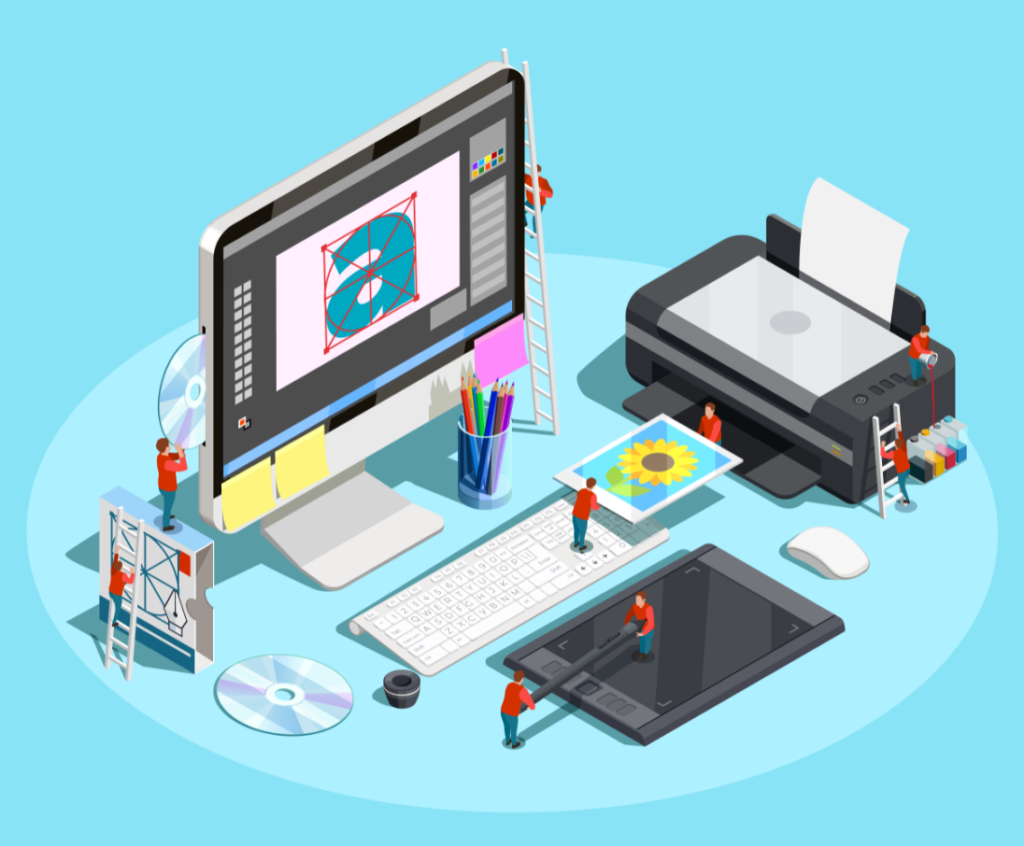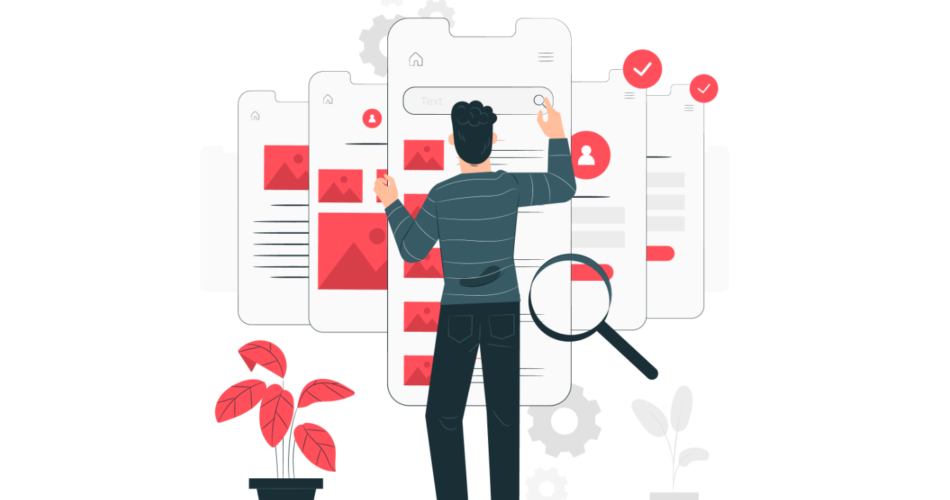UI & UX are two terms that are quite new till date and as only limited number of people know about it, and they often make the mistake of using these two terms interchangeably. However, both have a completely different meaning. To understand it in layman terms, the user interface (UI) is a series of screens, pages, and visual elements such as buttons & icons, which allows a person to interact with a product or service. User experience (UX), on the other hand, is about an internal experience that an individual gets when interacting with every aspect of a company’s products and services.
What Are the Key Difference between UX & UI design?
Before we learn about the key differences between the two terms, familiarize yourself with the key responsibilities of UI & UX designer.
UX Designer Key Responsibilities

- Responsible for Prototyping & Wireframing, which includes Prototyping, Testing/Iteration, Development, Planning, Wire framing
- Need to understand Customer Analysis, Competitor Analysis, Product Structure/Strategy
- They also carry out Analytics and Execution, Coordinating with Developer(s), Coordinating with UI Designer(s), Analysis and Iteration, Tracking Goals and Integration
UI Designer Key Responsibilities

- Responsible for the look and feel of the website, Branding and Graphic Development, User Guides/Storyline, Customer Analysis, Design Research all comes under this wing
- UI designer focuses on Responsiveness and Interactivity of the website, Adaptation to All Device Screen Sizes, Interactivity, and Animation, Implementation with Developer, UI Prototyping, and Implementation with Developer
There are certain similarities; however, the practical application in the marketplace is very different. Now let’s discuss its key differences.
- UX is responsible to deal with the purpose and functionality of the product. UI, on the other hand, focuses on the quality of the interaction that the end-user has with the product.
- An artistic component is also involved in the UI design that directly relates to the design and interfaces with the product. As a result, it affects what the end-user sees, hears, and feels. Whereas, UX has more of a social component that is related to market research and communicating with clients to understand what their needs are.
- Project management and analysis are the key areas where UX focuses and an entire phase of ideation, development, and delivery is involved. A technical component is involved in the UI to produce the design components for the finished product.
Regardless of definition and differentiation, UI & UX are not the areas where an organization should skimp on. Both elements are vital for product development and delivery. When the customer will enjoy a great experience, they will drive revenue growth and a lot of research has backed this claim. Your products and services are what customers spend money on and if the money doesn’t reap the expected reward, they will shift their investment to a product that does, meaning that they will go to your competitor. So, UI & UX are an investment in the product or service.




